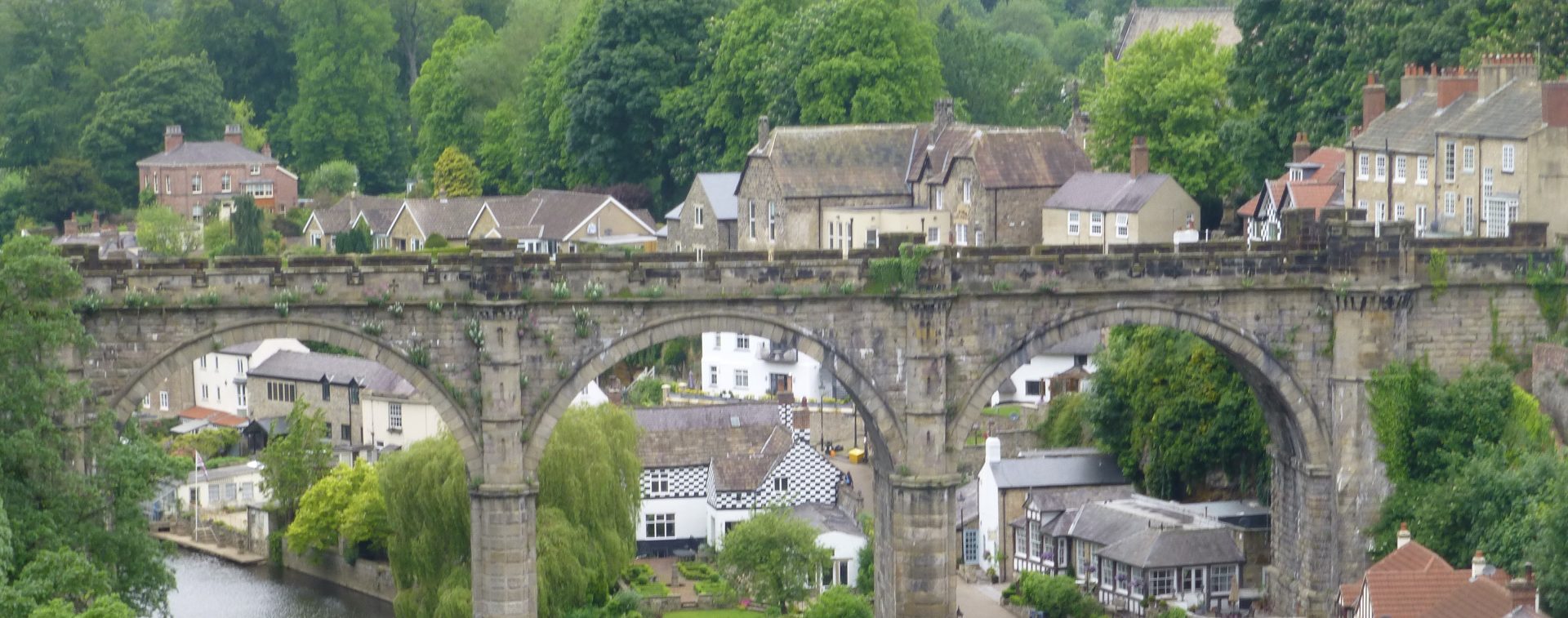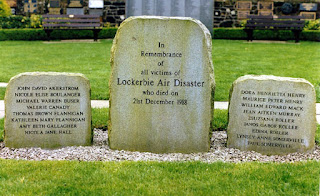I am writing about something I’ve not really touched on before. Flight, flying, safety, and security.
When I was about five years old and living in California, I left my parents to fly across country to stay with my grandparents in Pennsylvania. What a grand adventure! The year was 1962. People flew, but not as much as they do these days, and here I was… in flight!
In those days, children were given lots of attention. I got a model of the airplane and stewardess wings to pin on my blouse… I even got to go into the cockpit and meet the captain! But, those days of feeling relatively safe when flying seem like such a distant memory today.
My dad got his pilot’s license and we used to fly together from the mainland to Galveston Island and other points along the way. I was never afraid to fly (except once, when my door flew open high above the planet!). Dad just chuckled, reached over, and closed the door. That’s how I saw flight. At once fascinating and dangerous.
I wasn’t in fear of dying while in flight. At least, I would not let the fear enter my thought processes. As I grew older, I flew time and again. Some of these times probably should have required more fear like the time my grandmother and I flew into a lightning storm at Atlanta. Her hands in a death grip on my forearm. “We’re going to die,” she said. We didn’t.
I lived in England for several years, and flew back and forth over “the pond” several times without a thought to safety and security.
In 1986, I was working at NASA-JSC when the Challenger disaster occurred. I was in the crowd that watched as Reagan gave his famous speech on site at NASA and I saw the missing man formation as it flew over the crowd.
A lot of things changed with PanAm Flight 103. In December 1988, Lockerbie, Scotland was hit by the falling debris of a jet airplane. Two-hundred and fifty-nine people died onboard and eleven died on the ground. We had never really considered a random bombing before then. Until that time, we had mostly been afraid of hijackings as relates to terrorism, but everything was different now. It was so easy to have smuggled a bomb onboard at the time.
Later, we would find ourselves asking “Why” many times when it came to air disasters. We watched as the twin towers fell in New York City and the Pentagon was attacked by terrorists using our own aircraft to their own, sick ends. Does anyone recall that just a few short weeks later, a plane crashed into Queens, New York? That air disaster, it seems, was not brought on by terrorists, but every bit as scary due to the timing of it all.
I became fascinated by things that go wrong with flights. I wanted to know what went wrong, why, and how best to survive in case of a similar incident. Thus began a visual bonanza watching documentary series’ on flight such as Air Disasters and Air Crash Investigations.
I saw how planes have been downed due to so many different causes: weather, pilot error, terrorist attack, faulty equipment, faulty design, poor maintenance…
And the one thing that struck me is that after almost every accident, planes were made safer due to the efforts of the National Transportation Safety Board (NTSB) and the Federal Aviation Administration (FAA). As maintenance errors were caught, new procedures were required. As weather issues occurred, better equipment was implemented. I still thought our safety seemed to be in their best interest.
But not always. When it was found that a faulty design in the cargo door of a McDonnell Douglas DC-10 caused the door to blow off and caused a near fatal crash of American Airlines Flight 96, the NTSB made several recommendations to remedy the problem. But the FAA, whose job it is to implement the changes made a gentleman’s agreement with McDonnell Douglas that the changes could be implemented over time. What really happened was that McDonnell Douglas made relatively small changes to the locking mechanism which, ultimately, cost the lives of 346 people flying on Turkish Airlines Flight 981 who weren’t as fortunate as AA Flight 96. In the aftermath, the door finally did get the fix it needed.
After watching the documentaries I’ve seen, something really bothers me about the FAA. They say that their mission is safety. But, there is a double-edged sword there. They want people to fly and to feel safe flying. People don’t feel safe flying if a major problem is advertised about faulty aircraft parts or faulty design issues. Also, the grounding of planes to fix problems seriously impacts the company bottom line – costing millions of dollars in lost revenue (aside from the actual fix). So, the airline industry lobbies the FAA and the FAA makes a decision about whether or not to implement the fixes or to what extent the fixes should be. The only real hero for the average flyer like you and me is the NTSB (and they are only called in to investigate an accident that already happened).
I was flying back from England one year, and got caught in highly volatile turbulence for several hours. I’ve flown a lot in my life, but never had experienced anything like this. Bins flew open, people were screaming, and the plane plummeted and rose, plummeted and rose – like some huge, airborne rollercoaster. I thought about the lives that had been lost and the Challenger crew as they “slipped the surly bonds of earth” to “touch the face of God.” And about airplanes that had crashed and people who survived and who didn’t. We did land safely (as you can see), but not without much anxiety during flight!
I love travel, and I’m not afraid to board an airplane – even knowing that there is that possibility I might never reach my destination. I guess that is true of any of us walking out the front door each morning to go to work. If you live in fear, and let fear rule you, you are never going to fully live your life. So, it is with eyes wide open that I’ll be boarding my flight this year. Feeling all the things I do about flight: wonderment, excitement, and adventure. I would not give that up.


